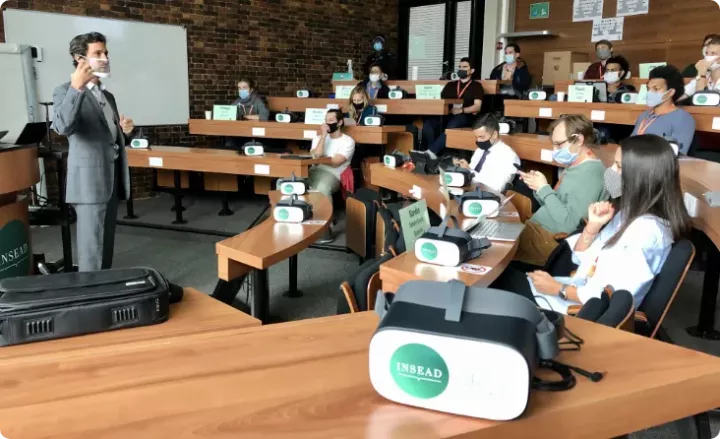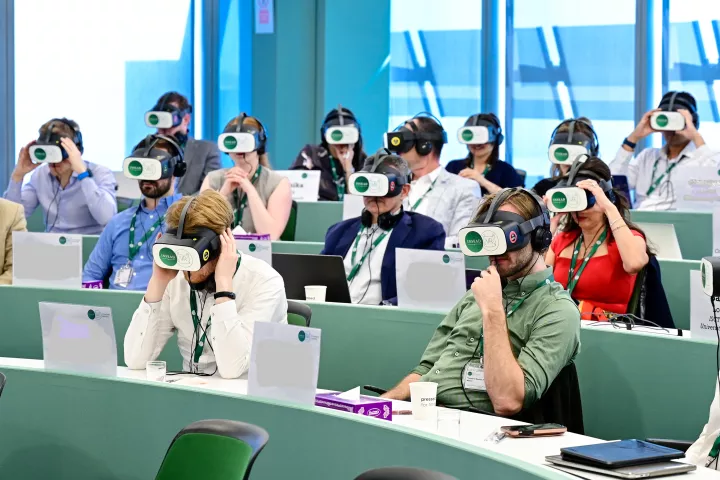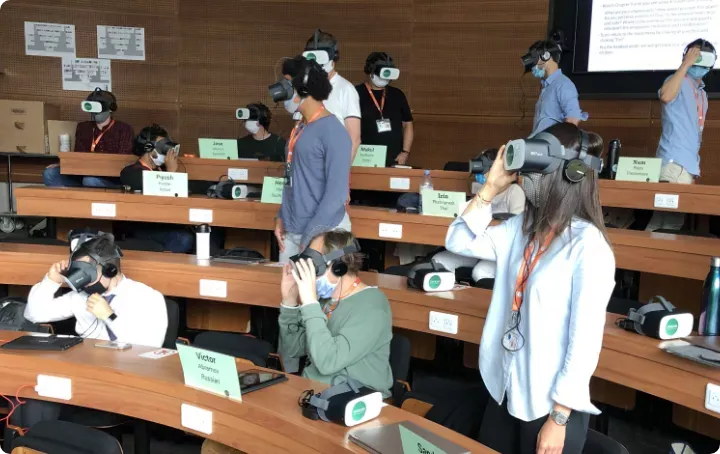Multisensory & Engaging
- Effective – Learning by Doing
- Strong sense of presence
- Confronts cognitive and social biases – perspective-taking
- Undivided Attention
Innovative
- Creates new value
- Cost effective
- Unique user experience
- Solution for reduced mobility, travel restrictions and sustainability concerns
Enables Data Driven Learning & Personalization
- Real-time data feeds
- Records implicit measures (gaze, timing, strategy)
- Facilitation is tied to user performance and preferences
- Effective data collection for research
Scalable
- Cascading knowledge throughout the organization
- Asynchronous capabilities
- Addressing universal dilemmas
- Democratization of knowledge and learning



